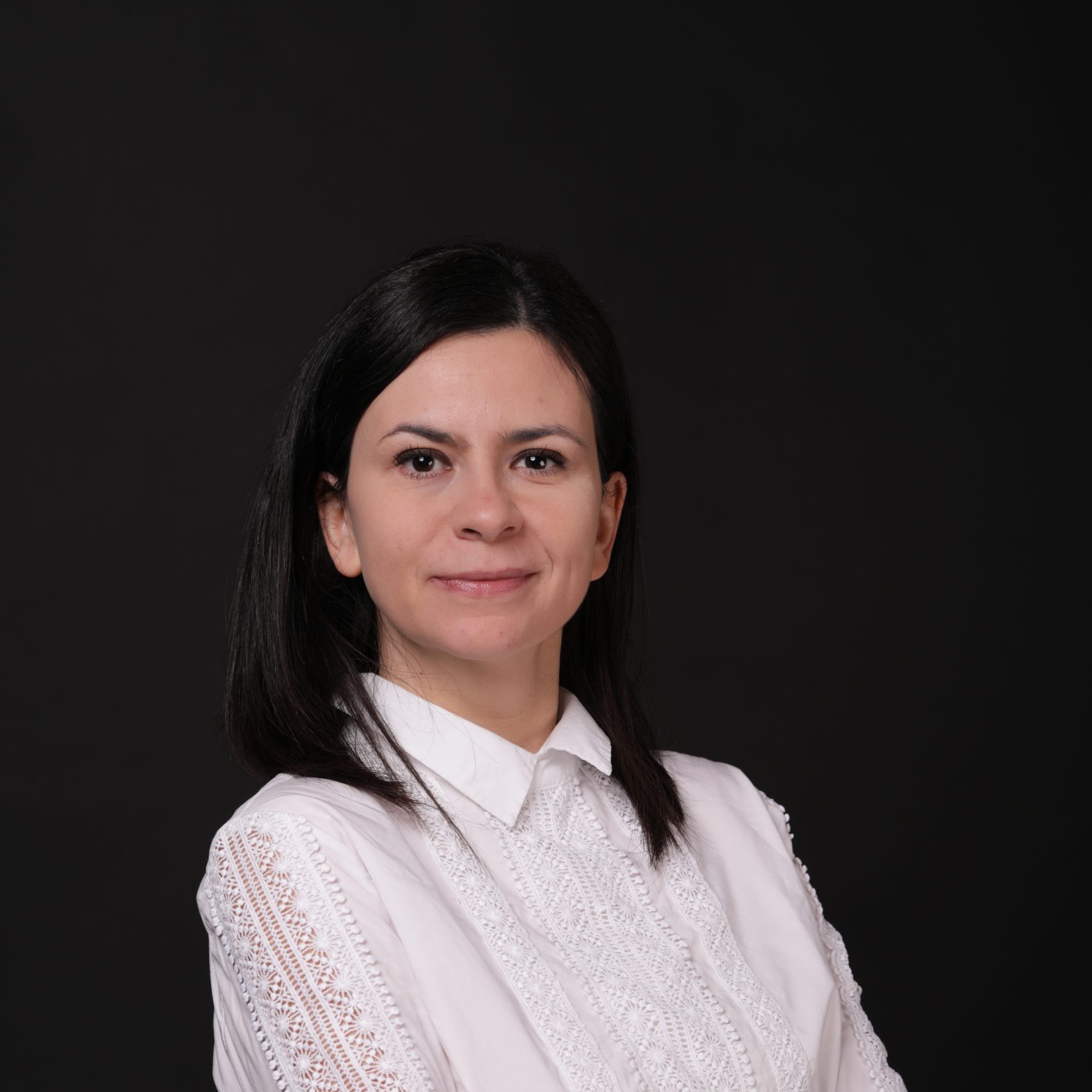
UWr Professor Anna Potysz with Opus 25 grant
Professor Anna Potysz from the Faculty of Earth and Environmental Management conducts research at the intersection of environmental protection, chemistry, microbiology, mineralogy and biotechnology. She is also a certified tutor at UWr.
„Stabilność odpadów metalurgicznych w zmiennych cyklach biowietrzenia: na podstawie symulacji eksperymentalnych i modelu geochemicznego” – is the title of a project for which dr hab. Anna Potysz, prof. UWr, Faculty of Earth and Environmental Management Sciences, received Opus funding from NCN.
What is the project about?
Metallurgical slags are considered as potentially hazardous waste because they contain significant amounts of metals not recovered during the metallurgical process. The current state of knowledge and current legal requirements encourage the industrial sector to manage waste carefully and minimise its negative impact on the environment. Unfortunately, such a rational approach was not common practice in the past and industrial waste was often dumped near industrial centres without proper environmental supervision. Biological processes involving a wide range of environmental factors occur in landfills. Long-term exposure of waste to biosolids processes leads to dissolution of phases (synthetic mineral equivalents) and generation of leachates with high metal content and their transfer to the surrounding environment (soils, sediments and water). However, the precipitation of secondary phases can lead to a reduction in the mobility of toxic elements. Hence, the balance between factors that intensify the mobility of elements and factors that immobilise their migration requires detailed experimental analysis to determine the real environmental risk.
The research, led by professor Anna Potysz, aims to replicate the conditions we face in the environment and will enable us to:
- understanding how micro-organisms affect metal-bearing waste;
- indicating which phases are most susceptible to dissolution and which are the most stable under specific bioaeration conditions, and will therefore allow the phase weathering sequence to be determined;
- investigating the precipitation and dissolution of secondary phases;
- environmental risk assessment.
An important inspiration for the project was the preliminary research carried out on the ASTRA research line at Synchrotron SOLARIS using the spectroscopic method (XANES) as a tool to provide detailed insight into the phase transformations of the material studied.
What are the expected outcomes of the project?
As prof. Potysz explains – The (bio)weathering issues addressed in this project will contribute to a broad understanding of environmental processes, particularly concerning the interaction of micro-organisms with slags. The combination of various analytical methods used in geochemistry and microbiology, the arrangement of experiments and the visualisation of data using a geochemical model, and the implementation of the synchrotron method will provide a comprehensive analysis of the research problem.
You can read about the projects of our researchers that received funding under the OPUS 25 and Preludium 22 competitions of the National Science Centre here.



